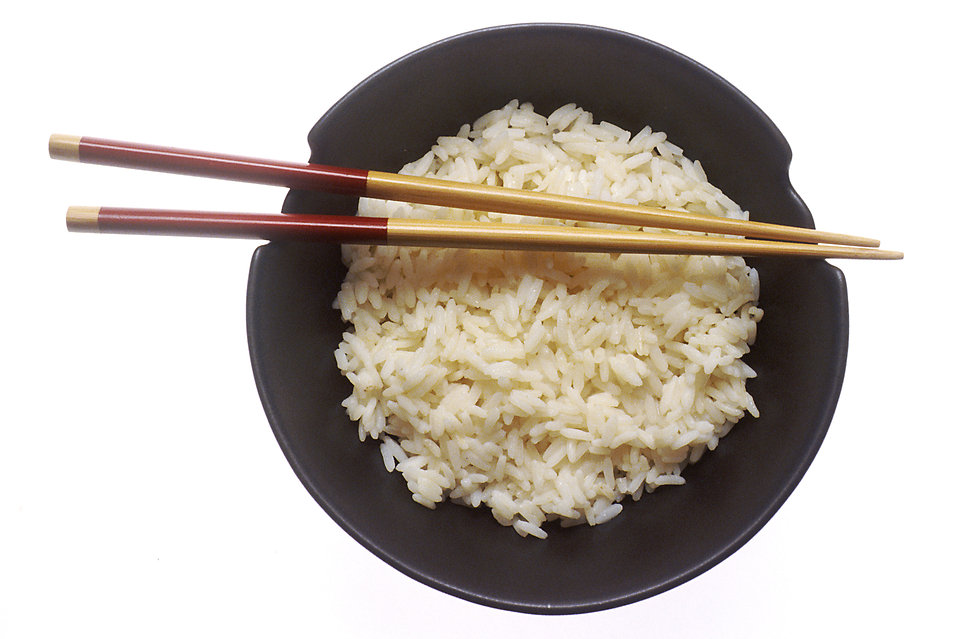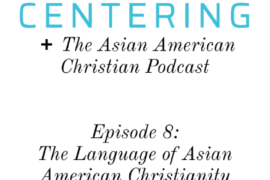 As a young boy, I was raised in an impoverished community of Fresno. Poor refugees from Vietnam, my parents and grandparents migrated to Fresno and worked as humble farmers. Because our resources were insubstantial, traveling was a luxury we couldn’t afford. So for recreation, my grandma would lay down a cheap plastic mat in the living room, make a bowl of jasmine rice and soy sauce, and invite me to watch old Vietnamese-dubbed versions of Journey to the West.
As a young boy, I was raised in an impoverished community of Fresno. Poor refugees from Vietnam, my parents and grandparents migrated to Fresno and worked as humble farmers. Because our resources were insubstantial, traveling was a luxury we couldn’t afford. So for recreation, my grandma would lay down a cheap plastic mat in the living room, make a bowl of jasmine rice and soy sauce, and invite me to watch old Vietnamese-dubbed versions of Journey to the West.
We would slowly consume our palm-sized rice ball dipped in soy sauce and become engrossed by the Monkey King’s perilous adventures. Together we cried, together we celebrated, and together we laughed, which often comically forced grandma to the bathroom. These “bowl of rice and soy sauce” moments were ordinary, but they were also the best experiences of my childhood/early adolescence.
“Spend money on experiences, not things” is a ubiquitous mantra for this generation. A CNBC reporter, describing the demise of the diamond industry, speculates that young adults have forsaken glamorous diamonds for exciting adventures. It’s an intriguing trend, encouraging us to value experiences over material possessions.
A perfunctory perusal of social media provides a glimpse into this phenomenon. If your Instagram is anything like mine, your newsfeed is inundated with ravishing photos of aesthetically pleasing foods and beautiful young adults posing in captivating, scenic landscapes. The caption? “Living my best life!”
When I encounter these photos – after briefly considering, and discarding, a career as nomadic blockchain-entrepreneur slash “influencer” – I wonder: Does the preponderance of these photos implicitly convey that an abundant life necessarily derives from extravagant experiences? I wonder if materialism has simply manifested itself in a wholly different way: have novel experiences become our new glamorous diamonds?
“have novel experiences become our new glamorous diamonds?”
I must admit that I’m no one to judge. An enneagram 7—enthusiasts who relentlessly indulge in exciting adventures—and a staunch extrovert, I have a serious case of FOMO. I live for the next thrilling escapade. But when I attempt to evade the monotonous rhythm of life by chasing the next novel experience, the Spirit reminds me of a value my grandma demonstrated: lean into ordinariness.
When I think about what constitutes a best life, I often recall the precious “bowl of rice and soy sauce” memory with grandma. She taught me a fundamental principle: What if living our best life isn’t about novel or lavish experiences? What if living our best life derives from the joy of simple, ordinary moments with the people we love?
More importantly, the Gospel convictively reminds us that a best life is profoundly rooted in God’s goodness (John 10:10b). Whether in “bowl of rice and soy sauce” or “glamorous diamond” moments, God’s lavishing love enables us to find immense delight in every experience. Free from glamor and frills, ordinariness with our beloved community centers us on this intrinsic source of abundance.
Assembling sloppy pizzas with my niece and nephew in our jammies while singing silly, off-key songs; taking long walks with my spouse and engaging in meaningful conversations; meeting friendly acquaintances at the dog park; and indulging in a potluck with friends and family have been various “bowl of rice and soy sauce” moments pleasantly etched into my memories. May we find our best life by leaning into such “bowl of rice and soy sauce” moments.



35 Comments
Pingback: trap mix
Pingback: soft piano music
Pingback: healing music
Pingback: relaxing
Pingback: Temporärbüro
Pingback: รับสร้างบ้านหาดใหญ่
Pingback: huc99 เว็บสล็อตที่ให้บริการบนแอปพลิเคชั่น
Pingback: Digital Marketing Agency
Pingback: click to read
Pingback: majestic bank
Pingback: som777
Pingback: Slot Online ฝากถอนAUTO
Pingback: โคมไฟ
Pingback: nova88
Pingback: เว็บปั้มไลค์
Pingback: เช่ารถตู้พร้อมคนขับ
Pingback: h07vvh6-f
Pingback: สูตรสล็อต ใช้งานฟรี
Pingback: Pharm1aceutics
Pingback: altogel
Pingback: altogel
Pingback: lazywin888
Pingback: kc9
Pingback: สมัครเน็ต ais
Pingback: faw99 สล็อต เว็บตรง
Pingback: best gym equipment shop
Pingback: Devamını oku
Pingback: จองตั๋วรถทัวร์ออนไลน์
Pingback: KC9 คาสิโนออนไลน์ เว็บตรงไม่ผ่านเอเย่นต์
Pingback: Jessica
Pingback: ufa789
Pingback: bk168 บริการอะไร
Pingback: fortunerabbitjogar.com
Pingback: บาคาร่า ufa11k
Pingback: T-Rex